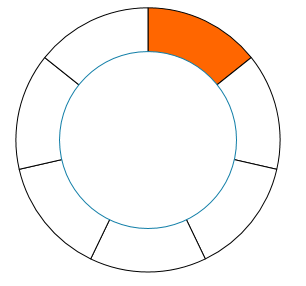As a result of this workshop, participants will:
- Identify five distinct age groups from birth to adolescence
- Understand five domains of development
- Generate activity ideas specific to age groups and/or domains of development
Toolbox Training highly recommends the Ages & Stages: Understanding Child Development book as a complement to this workshop. Click here for information on that and other books from Toolbox Training.

Check out this video of the Power Point presentation from this workshop for an idea of what you can expect:
To have this delivered as an on-site workshop contact Toolbox Training.
Check out the workshops tab for a full list of titles.





















